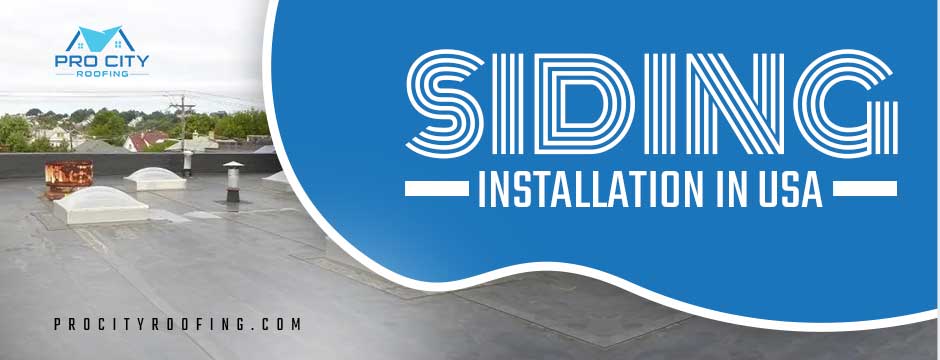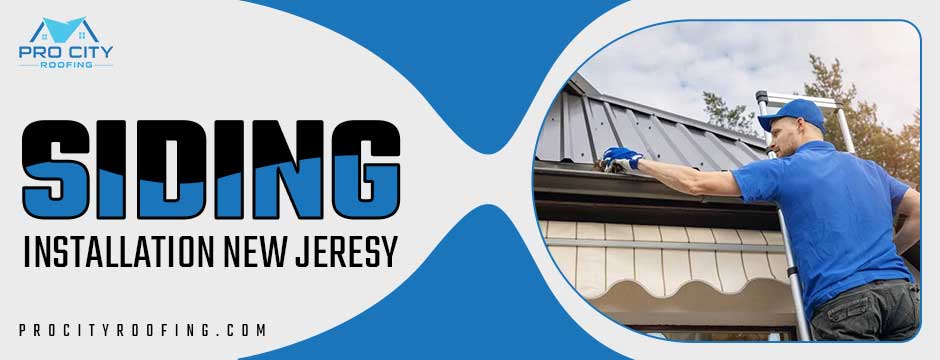Siding installation is a critical aspect of home improvement projects. Not only does it add an aesthetically pleasing look to your home, but it also protects it from various elements. Whether you’re looking to enhance your home’s curb appeal or increase its energy efficiency, a proper siding installation is essential. However, even small mistakes during installation can lead to significant issues down the road. In this blog post, we will discuss five common mistakes to avoid during siding installation and offer tips on how to ensure a successful installation.
- Improper Measurement
One of the most common mistakes made during siding installation is improper measurement. Failing to take accurate measurements can lead to numerous issues, including improperly aligned panels, uneven siding, and visible gaps. Additionally, measurements taken in haste or without attention to detail can cause difficulties when installing windows, doors, or electrical outlets. To avoid such problems, it’s crucial to take precise measurements of the house’s exterior before starting the installation.
Tips for Accurate Measurement:
- Use a quality measuring tape
- Double-check measurements before cutting or installing
- Take measurements in different areas of the house to ensure consistency
- Account for the house’s shape, angles, and slopes when measuring
- Not Allowing for Expansion and Contraction
Another common mistake during siding installation is failing to account for the material’s expansion and contraction. Siding materials, especially vinyl, expand and contract as the temperature changes. Failing to leave enough space for the siding to move can cause the panels to buckle, warp, or crack, leading to costly repairs. Additionally, when the siding rubs against other parts of the house, it can cause wear and tear, leading to premature aging of the material.
Tips for Allowing for Proper Expansion and Contraction:
- Follow the manufacturer’s recommendations for the specific siding material
- Use spacers to leave enough space for the siding to expand and contract
- Leave gaps between the panels to allow for movement
- Avoid over-tightening screws or nails
- Failure to Properly Seal the Siding
Proper sealing is essential during siding installation in USA, as it prevents water from seeping into the walls and causing damage. Improper sealing can lead to water leaks, mold growth, and rot, resulting in costly repairs. Using low-quality sealants or failing to follow the manufacturer’s guidelines can cause the seal to fail and lead to water infiltration.

Tips for Proper Sealing Techniques:
- Use high-quality sealants designed for the specific siding material
- Apply the sealant in a continuous, even bead along the edges of the siding panels
- Ensure that the sealant covers any gaps or joints between the panels
- Follow the manufacturer’s recommendations for curing time
- Incorrect Nail Placement
Incorrect nail placement is another common mistake made during siding installation. Nails that are too shallow or too deep can cause the siding to warp, buckle or fall off. Additionally, nails placed at the wrong angle can cause the siding to crack or split, leading to costly repairs.
Tips for Proper Nail Placement:
- Use a nail gun designed for siding installation
- Ensure that the nails are driven in at the correct angle and depth
- Avoid overdriving or underdriving the nails
- Use the correct nail type for the specific siding material
- Poor Installation of Starter Strips
Starter strips are essential during siding installation in New Jersey, as they provide a secure foundation for the siding panels. Improper installation of starter strips can cause the siding to shift or come loose, leading to costly repairs. Additionally, poorly installed starter strips can affect the overall appearance of the siding, leading to an unprofessional finish.

Tips for Proper Starter Strip Installation:
- Use high-quality starter strips
- Install the starter strips level and securely
- Ensure that the starter strips are properly aligned with the siding panels
Conclusion
In conclusion, proper installation techniques are crucial for a successful siding installation. Avoiding common mistakes such as improper measurement, inadequate sealing, failure to account for expansion and contraction, poor cutting techniques, and poor installation of starter strips can help ensure that the siding installation is long-lasting and looks professional. For those who are not confident in their abilities to properly install siding, seeking professional help is always a good option. By following these tips and seeking professional help if needed, homeowners can enjoy a beautiful and functional siding installation that will last for years to come. Want to find out more? Visit us at ProCity Roofing!